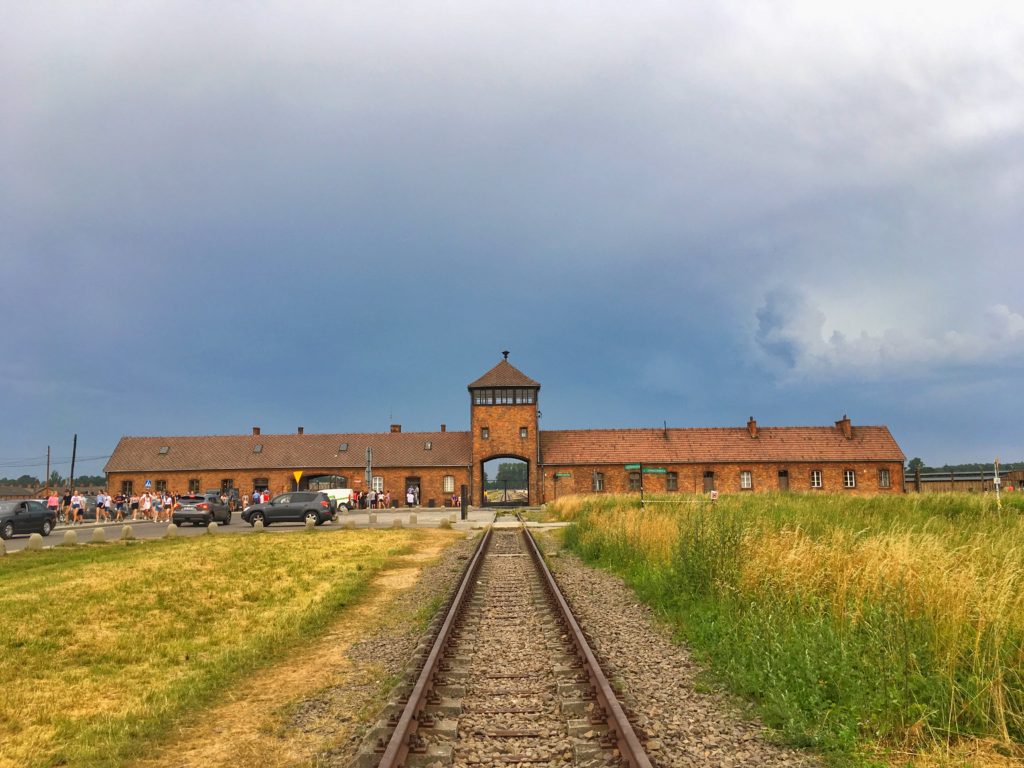During my stay in Kraków, Poland, I took a day-trip to Auschwitz-Birkenau, the Nazi concentration camp that murdered over 1.1 million people, the highest death toll out of all Nazi concentration camps by a significant margin.
Auschwitz is by far the most famous extermination camp set up by Nazi Germany to carry out the “Final Solution”, the annihilation of the Jewish people. It so happened that I had just taken a class on the Holocaust in my last semester of college to complete my humanities requirement. Seeing Auschwitz in person was an experience that made what I learned from class a lot more real and palpable. It is one thing to read about more than a million people being killed, but visiting the actual place where all this killing happened had a more intense impression on me as well as on the millions of visitors who come to Auschwitz every year. Walking through stacks of human hair, suitcases, shoes, eyeglasses, and other personal belongings of the murdered victims is a far more poignant experience than simply reading the facts of what happened at Auschwitz. The photos and mugshots of prisoners make visitors recognize the humanity of each person murdered here, and understand the enormity of what the Nazis had done. By the end of the visit I saw other visitors in tears, horrified at what had taken place in the buildings we just walked through.
Located about 1.5 hours from Kraków by car, Auschwitz-Birkenau today is a museum and a memorial. Auschwitz-Birkenau is actually divided into 3 different camps: Auschwitz I, located in the Polish town of Oświęcim; Auschwitz II-Birkenau, located in the Polish village of Brzezinka; and Auschwitz III-Monowitz, located in the Polish village of Monowice and not open to the public. All three of the camps are within a few kilometers from each other, and were organized together under the command of Rudolf Höss.
Because my hotel in Kraków organized tours to Auschwitz, I had the convenience of traveling to Auschwitz by car with a tour guide. We started the visit at Auschwitz I, where the famous “Arbeit Macht Frei” (“Work Sets You Free”) sign still stands over the main entrance.

